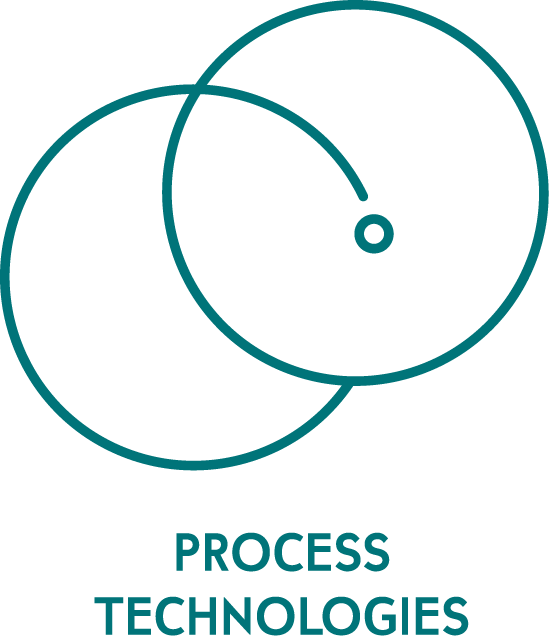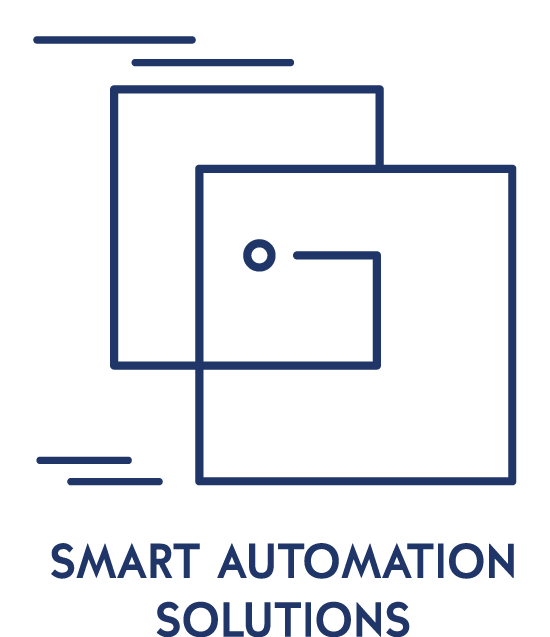Minimize CO2 emissions
Solutions for sustainable cement production
Accounting for 7-8% of global CO2 emissions today, the cement industry worldwide is using ever more sophisticated production methods to adress environmental challenges. Fives has developed a range of solutions to lower cement production emissions by increasing the use of alternative fuels, improving energy efficiency and optimizing the cement-to-clinker ratio.
Maximize alternative fuels use with optimized calciner solutions
Increasing alternative fuels use during clinker production is key to reducing cement production's environmental impact. Fives FCB In-line Preca and FCB Preca-Max® enable producers to replace conventional fossil fuels with alternative fuels that have low environmental impact. Both systems allow users to burn 100% alternative fuels such as tyres, rubber, paper byproducts, waste oils and wood, paper and sewage sludge, plastics and spent solvents.
The FCB Preca-Max® was developped to burn coarse 3D particles such as timber and waste materials. Its rotary combustion chamber is fitted into the burning line to ignite coarse wastes and/or wastes with high-moisture content. Adjustable residence times from 10 to 30 minutes ensure complete combustion of large particles.
Increased Energy efficiency to achieve sustainability targets
Increasing equipment efficiency is a key to minimize power requirements in cement production. The FCB Horomill® is remarkably energy efficient without compromising quality. In raw and cement grinding applications, the FCB Horomill® consistently demonstrates its ability to grind with the lowest energy consumption. It also requires zero water injection, an additional and significant environmental benefit.
The FCB Horomill® is a source of significant energy savings compared to traditional technologies. It reduces electrical consumption by 40-50% compared to conventional ball mills or 20-25% compared to vertical mills.
Producing green cement with carbon-neutral additives
Producing cement with a higher cement-to-clinker ratio can increase production, reduce costs and assist in meeting sustainable-production targets. Substituting clinker with cementitious materials lowers CO2 emissions.
Fives' grinding plants can handle a wide-range of dry and wet additives, such as pozzolana, limestone and fly ash, while ensuring the same compressive strength as traditional cement.
Calcined clay can also replace traditional clinker and lower carbon emissions. The FCB Flash Calciner can produce amorphous pozzolana from a wide range of clay materials, thanks to its precise temperature control and optimization. The solution is energy efficient, automated and alternative fuels friendly, offering cement producers ultimate flexibility and sustainability.
Success story
The FCB Horomill® grinding plants in The Philippines produce greener cement with carbon-neutral additives supporting our customer's commitment to sustainable operations, acheiving:
- 120 kg of CO2 avoided per ton of cement
- Increased plant capacity of 0.85 Mta
- 40% lower power consumption compared to the company's previous cement mills





